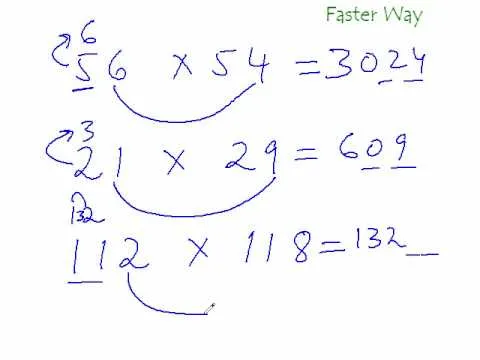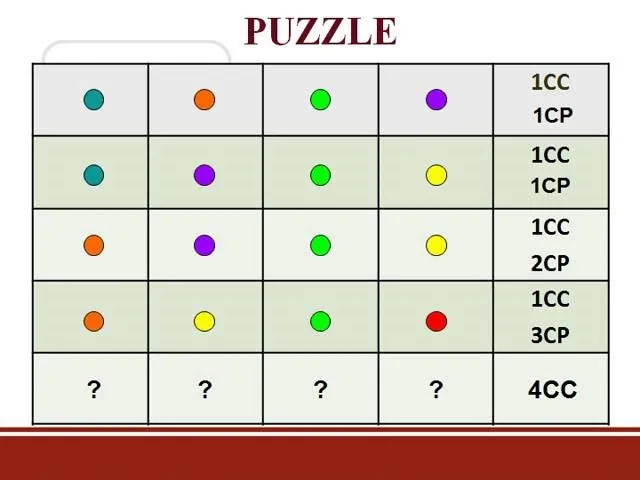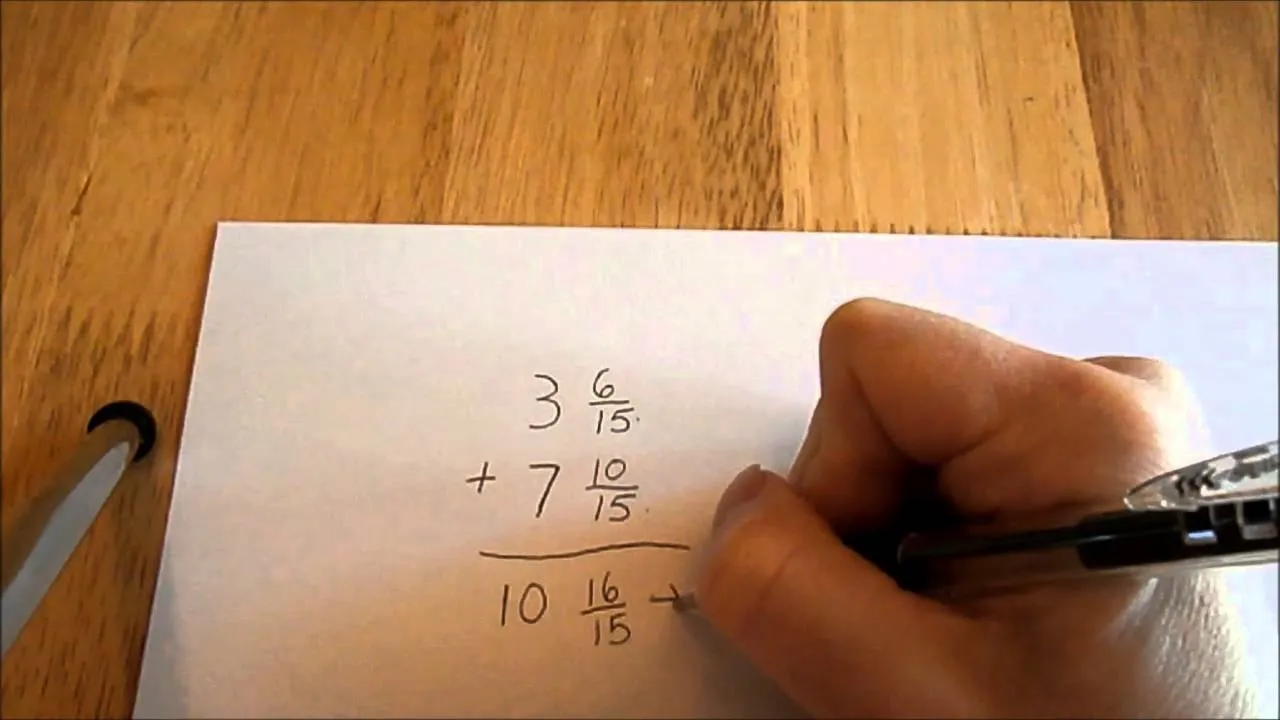Calculus can be a bit tricky, but don't worry, Watch Math is here to help you out. Watch this math video lesson to learn how to solve quadratic inequalities in calculus. There's no better way to learn mathematics than from an advanced mathematician, like this PhD.
This quadratic inequalities test problem will help you to better understand quadratic inequalities in whole. Follow along and learn.
The trick to solving a quadratic inequality is to replace the inequality symbol with an equal sign and solve the resulting equation. The solutions to the equation will allow you to establish intervals that will let you solve the inequality.
Plot the solutions on a number line creating the intervals for investigation. Pick a number from each interval and test it in the original inequality. If the result is true, that interval is a solution to the inequality.

























Comments
Be the first, drop a comment!